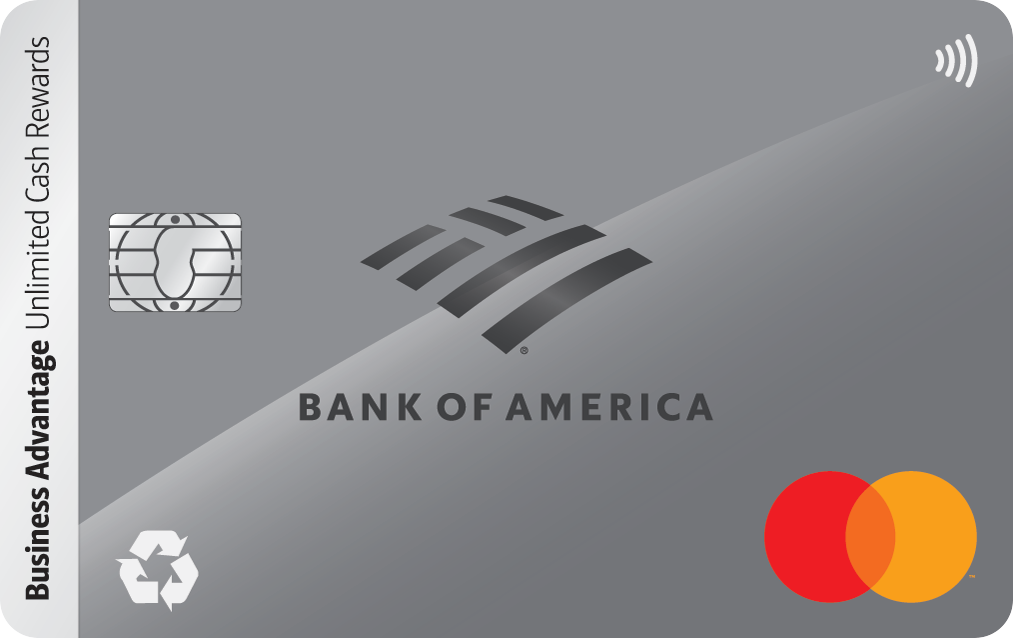Here's How Much You Need to Save Each Month to Max Out Your 401(k) in 2026

Image source: Getty Images
The IRS just made it a little easier to boost your retirement savings next year. But the numbers only matter if you know how to put them to work.
If you've ever wondered "How much do I actually need to save each month to max out my 401(k)?" this is your guide. I run this calculation constantly for my own retirement planning, and breaking it down monthly makes bigger numbers way more digestible.
With the new 2026 contribution limits officially announced, now's the perfect time to look ahead and plan out what you want to save. Here's what you need to know.
The new 401(k) limits for 2026
For 2026, the IRS raised the employee contribution limits across all major workplace plans -- including 401(k), 403(b), and most 457 plans.
Here's what's changing:
- Employee contribution limit: $24,500 (up from $23,500)
- Catch-up (age 50+): $8,000 (up from $7,500)
These increases might look small. But trust me -- they add up more than you'd expect over time.
And remember: Your employer match does not count toward that $24,500 limit. It stacks on top.
Monthly savings needed to max out 401(k)
Now for the part everyone wants to know: How much do you actually need to save each month to hit the new 2026 limits?
The numbers look big at first glance, but seeing them broken out makes the goal way more concrete. Especially if you get a bi-weekly paycheck.
Here's the breakdown:
| Age | Annual Limit | Monthly Needed | Bi-Weekly |
|---|---|---|---|
| Under 50 | $24,500 | $2,042 | $942 |
| 50+ (with catch-up) | $32,500 | $2,708 | $1,250 |
Seeing $942 come out of every paycheck might not be realistic for most people. And that's totally OK. Your goal isn't perfection on day one. It's progress.
Start with whatever feels doable, and at an absolute minimum, contribute enough to earn your full employer match. That match is 100% free money, and skipping it is like turning down part of your salary. From there, bump your contribution by 1% whenever you get a raise or feel comfortable increasing the pace.
And if you are a supersaver who can hit the full $24,500 (or $32,500 if you're 50+), you're using one of the most powerful tax-advantaged accounts available.
Once you've set your 401(k) on the right track, the next smartest place to stash long-term money is an IRA. They're simple to open, flexible to invest, and also built for tax efficiency.
If you don't already have an IRA, this is the perfect time to start. Compare the best IRAs here.
Smart ways to hit those monthly numbers
Here's where people get tripped up: you don't have to jump from contributing 6% to contributing $2,000 a month overnight. You can build up to it.
Here are some low-stress strategies I use myself and recommend to readers all the time:
1. Increase your contribution now, before 2026 starts
If you bump your rate this year, you'll ease into a higher savings number without feeling the shock in January. A 1% increase today is painless but powerful.
2. Use your raise to increase your contribution
If your income goes up next year, increase your 401(k) deferral rate at the same time. Most people never notice the difference because their take-home paycheck stays relatively the same.
3. Let bonuses pull the heavy weight
One-time income is perfect for lumping into your 401(k) if your plan allows for this. If you know a large check is coming, see if your HR department can change your contribution settings to have the majority put in your retirement account. This shrinks what you need to contribute monthly, too.
4. Enroll in auto-escalation
Many 401(k) plans let you automatically increase your contribution by 1% every year. You don't even have to think about it and every year you'll start saving more.
Another easy way to boost your 401(k) savings is to let your income/expense changes do the work for you.
When you get a raise, finish paying off a loan, or wrap up a big expense like daycare, redirect a portion of that freed-up cash straight into your 401(k). You won't feel the hit, but your retirement balance will.
Why maxing out is worth it (even if it feels impossible right now)
According to Q2 2025 Fidelity data, there are more than 595,000 people who have over $1 million in their 401(k).
And most of them didn't get there by earning massive salaries or timing the market. They simply contributed consistently and let time and compounding do the heavy lifting.
And when you look at the math, it's not hard to see why.
If you maxed out your 401(k) every year at the new $24,500 limit, and earned around an 8% average return, here's what that effort could realistically turn into:
- After 10 years: roughly $350,000
- After 20 years: roughly $1.1 million
- After 30 years: roughly $2.8 million
So whether you're hoping to max out your 401(k) in 2026 or simply inch up your contributions a little each year, remember this: riches aren't built overnight -- you just need consistency.
Every bump to your savings rate shortens the distance between where you are today and the kind of retirement future you actually want.
One paycheck at a time, you're building something big.
Already saving aggressively in your 401(k)? A taxable brokerage account is the next best place to keep your money growing. See our top brokerage accounts here.
Our Research Expert



